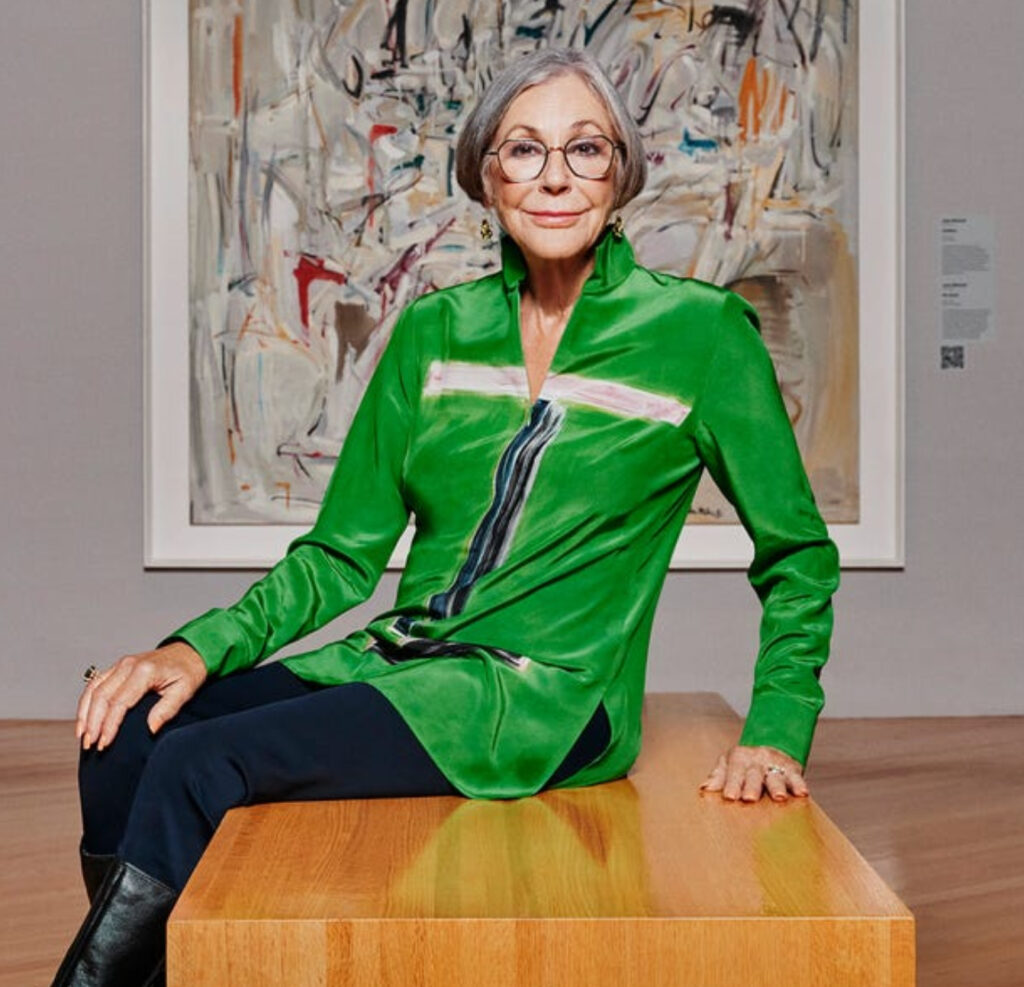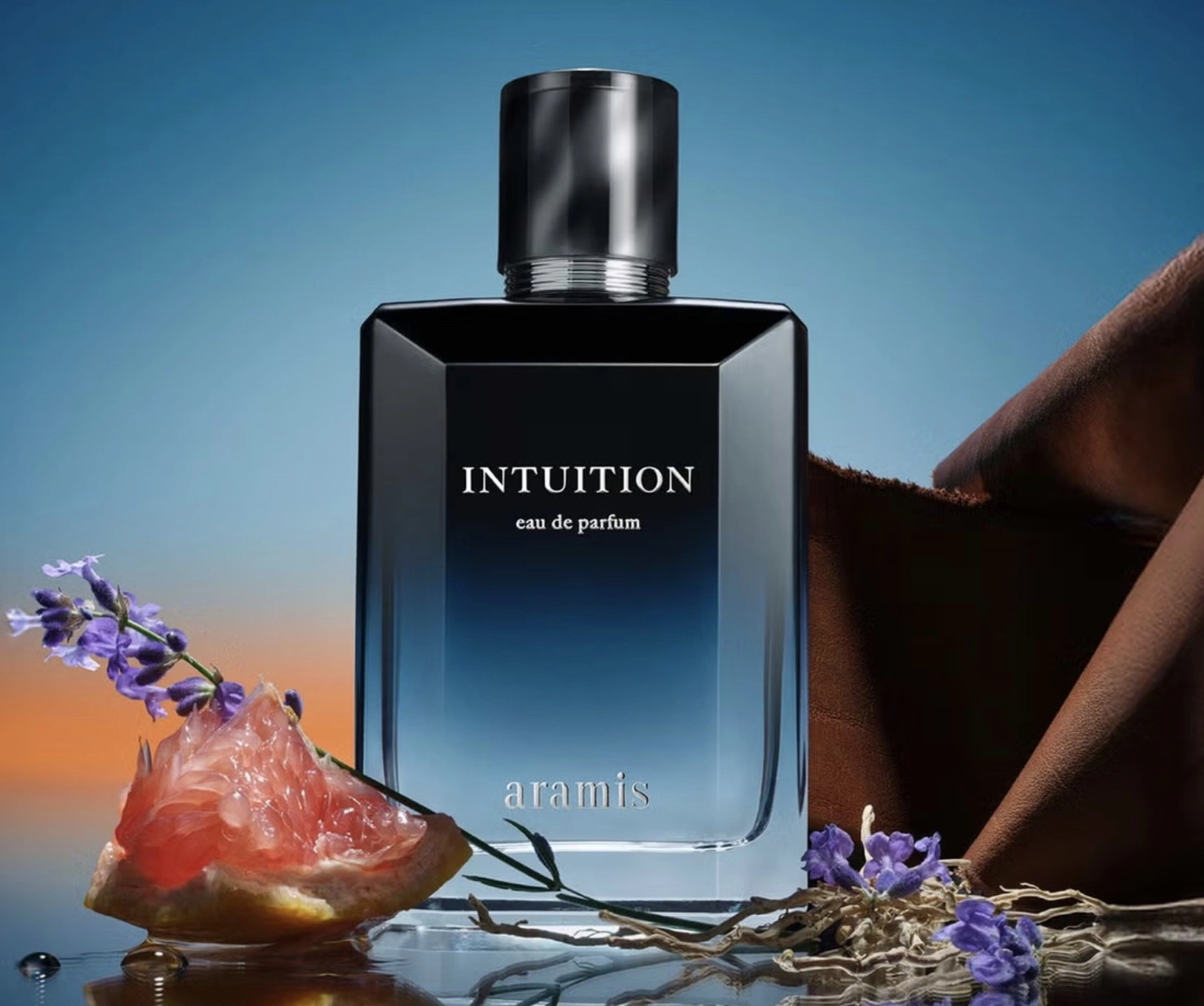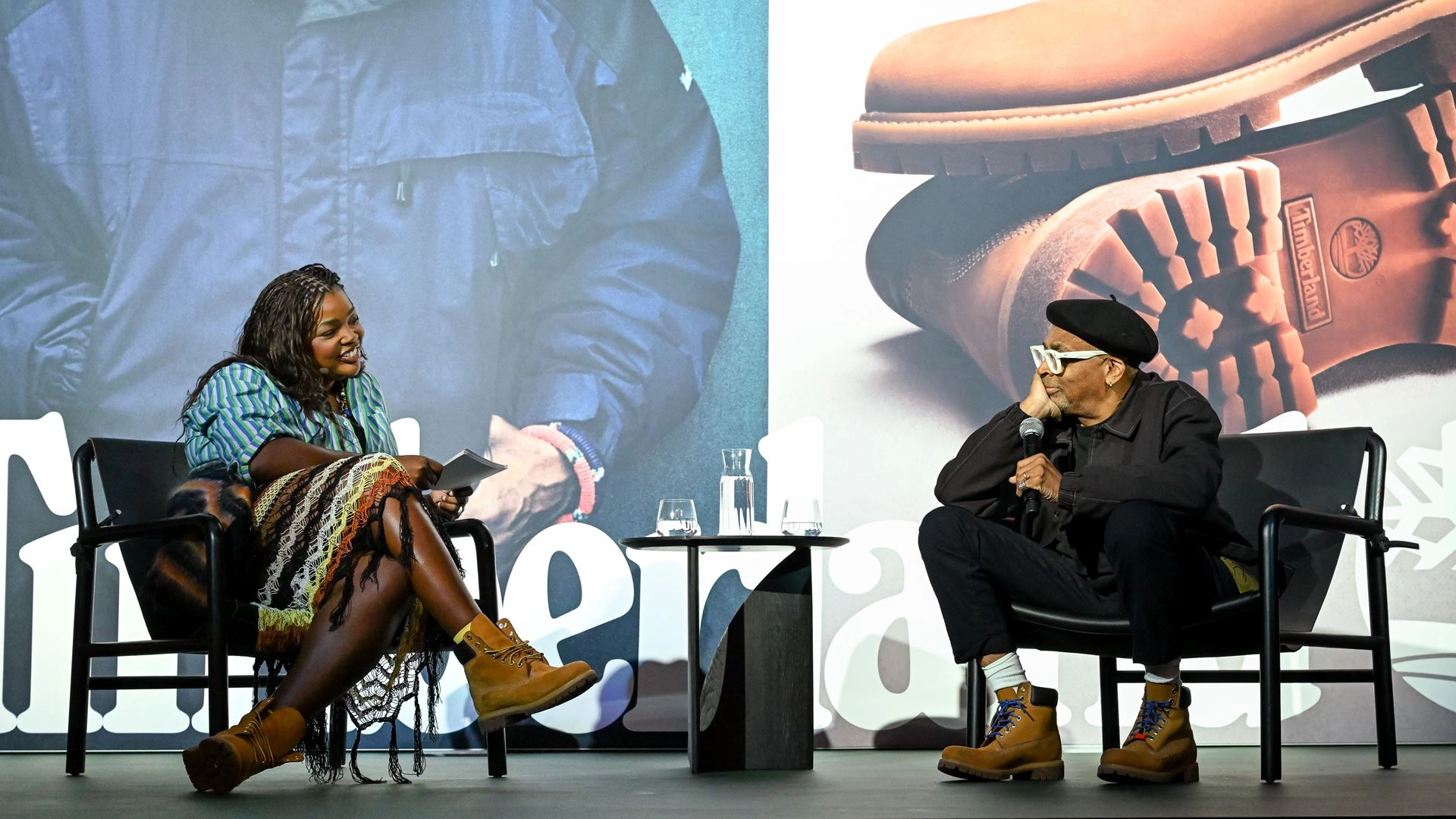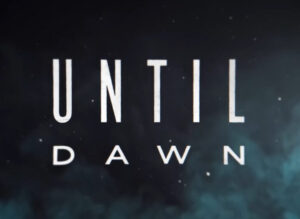Alice Walton, the only daughter of Walmart founder Sam Walton, stands as a figure of immense wealth and influence, with a net worth of $72.3 billion as of late 2024. Ranked as the richest woman in the world, Walton’s life transcends her financial standing, reflecting her deep commitment to art, philanthropy, and cultural enrichment. Unlike many billionaires whose wealth is intertwined with their direct corporate involvement, Walton has carved out a unique identity focused on fostering societal growth through artistic and charitable initiatives. This comprehensive look at her journey explores her family’s legacy, her evolution as a philanthropist, and the recent trends shaping her contributions to the world.
The Walton Legacy: A Foundation for Wealth
Alice Walton’s status as the richest woman in the world is inextricably linked to the legacy of Walmart, the global retail giant founded by her father, Sam Walton, in 1962. Sam’s vision for a store that provided affordable goods to everyday Americans rapidly grew into a worldwide enterprise, now employing over two million people and generating nearly $600 billion in revenue annually. Alice Walton, along with her siblings, inherited a significant portion of this empire following her father’s death in 1992.
While the Walton family remains deeply tied to Walmart’s success, Alice chose a path less traveled among business heirs. Rather than immersing herself in corporate operations, she turned her attention to her true passion—art. Her decision to distance herself from the business while maintaining her financial interests has allowed her to focus on pursuits that resonate deeply with her values and vision.
A Visionary in the Arts: Crystal Bridges Museum of American Art
In 2011, Alice Walton unveiled one of her most transformative projects: the Crystal Bridges Museum of American Art, located in her hometown of Bentonville, Arkansas. The museum stands as a testament to her dedication to democratizing art and making it accessible to people from all walks of life. Designed by renowned architect Moshe Safdie, Crystal Bridges is not just a repository of art but a cultural hub nestled in nature, with trails and outdoor exhibits that complement its world-class collections.
The museum features works from some of the greatest artists in history, including Andy Warhol, Norman Rockwell, Georgia O’Keeffe, and Mark Rothko. It also places a strong emphasis on American art, reflecting Walton’s belief in celebrating the country’s cultural and historical narrative. Crystal Bridges offers free admission, a decision Walton insists on to ensure accessibility to the arts for everyone.
Walton’s investment in Crystal Bridges—estimated at hundreds of millions of dollars—extends beyond its initial creation. She has continually expanded the museum’s offerings, including the 2021 debut of The Momentary, a satellite contemporary art space focusing on experimental and performance art. This initiative underscores her commitment to evolving the museum as a dynamic and inclusive platform for creative expression.
Philanthropy: Beyond Art
Alice Walton’s philanthropic endeavors extend far beyond the art world. Through the Walton Family Foundation, she has contributed billions of dollars to various causes, including education reform, environmental conservation, and economic development in underserved communities. These efforts align with the foundation’s mission to create opportunity and improve the quality of life for people and communities across the globe.
Education
Education has been a cornerstone of Walton’s philanthropic vision. She has championed initiatives aimed at increasing access to quality education for students from low-income backgrounds. The Walton Family Foundation has funded charter schools, teacher training programs, and scholarship opportunities, reflecting Walton’s belief in education as a catalyst for upward mobility.
Environmental Conservation
As a nature enthusiast, Walton has prioritized environmental sustainability through significant investments in conservation projects. These include efforts to preserve waterways, restore ecosystems, and promote sustainable agriculture. Her philanthropy in this area often intersects with her work in the arts, as seen in the integration of natural landscapes at Crystal Bridges.
Healthcare Initiatives
In recent years, Walton has turned her attention to healthcare, particularly in her home state of Arkansas. She has funded projects aimed at improving rural healthcare access, addressing mental health challenges, and combating the opioid crisis. Her approach often involves working with local organizations to ensure that resources are effectively allocated and outcomes are maximized.
Recent Trends and Evolving Focus
In the 2020s, Alice Walton’s philanthropic focus has increasingly reflected global trends, including an emphasis on sustainability, mental health, and diversity in the arts. These areas highlight her ability to adapt her giving to address the most pressing challenges of the modern era.
Sustainability and Climate Action
Walton has emerged as a strong advocate for sustainability, directing funds toward renewable energy projects and climate resilience initiatives. Through the Walton Family Foundation, she has supported research into sustainable agriculture and water management practices, recognizing the interconnectedness of environmental health and human well-being.
Mental Health Awareness
Mental health has become a focal point for Walton’s recent philanthropic work. She has funded programs aimed at reducing the stigma surrounding mental health issues and increasing access to care, particularly in rural communities. This shift reflects a broader societal acknowledgment of mental health as a critical component of overall well-being.
Diversity and Inclusion in the Arts
In response to calls for greater representation in cultural institutions, Walton has spearheaded efforts to diversify the collections and programming at Crystal Bridges. The museum now showcases more works by artists of color, women, and underrepresented groups, ensuring that its narrative reflects a broader spectrum of voices and experiences.
Alice Walton’s Impact on Women in Philanthropy
As the richest woman in the world, Alice Walton occupies a unique position in the realm of philanthropy. Her approach has been characterized by long-term vision and a willingness to invest heavily in projects that may not yield immediate financial returns but promise significant societal impact. Walton’s work serves as an inspiration to other women in philanthropy, demonstrating how wealth can be leveraged to address systemic challenges and empower communities.
Her leadership also highlights the growing influence of women in shaping the philanthropic landscape. By prioritizing inclusivity, accessibility, and innovation, Walton has set a standard for how philanthropy can evolve to meet the needs of an ever-changing world.
Criticism and Controversy
While Alice Walton’s contributions have been widely lauded, she has not been immune to criticism. Some have questioned the ethics of amassing immense wealth in a world marked by economic inequality, pointing to the Walton family’s ties to Walmart’s labor practices and the treatment of its workforce. Critics argue that Walton’s philanthropic efforts, while commendable, cannot fully offset the systemic issues associated with her source of wealth.
Walton has responded to such critiques by emphasizing her commitment to using her resources for the greater good. Her initiatives in education, healthcare, and the arts are often cited as evidence of her dedication to addressing societal inequities.
Looking Ahead: The Future of Alice Walton’s Legacy
As Alice Walton continues to shape her legacy, her influence shows no signs of waning. The expansion of Crystal Bridges, her investments in sustainability, and her focus on mental health signal a forward-thinking approach to philanthropy that is both adaptive and impressionable. Moreover, her willingness to embrace new challenges ensures that her contributions will remain relevant in the years to come.
Walton’s story serves as a powerful example of how wealth can be a tool for positive change. By channeling her resources into projects that enrich lives and communities, she has demonstrated that the true measure of success lies not in the accumulation of wealth but in its ability to create a lasting impression.
In a world often defined by division and disparity, Alice Walton’s work stands as a reminder of the transformative power of art, education, and philanthropy. As the richest woman in the world, she has chosen to invest in humanity, leaving a legacy that will endure for generations.
No comments yet.








